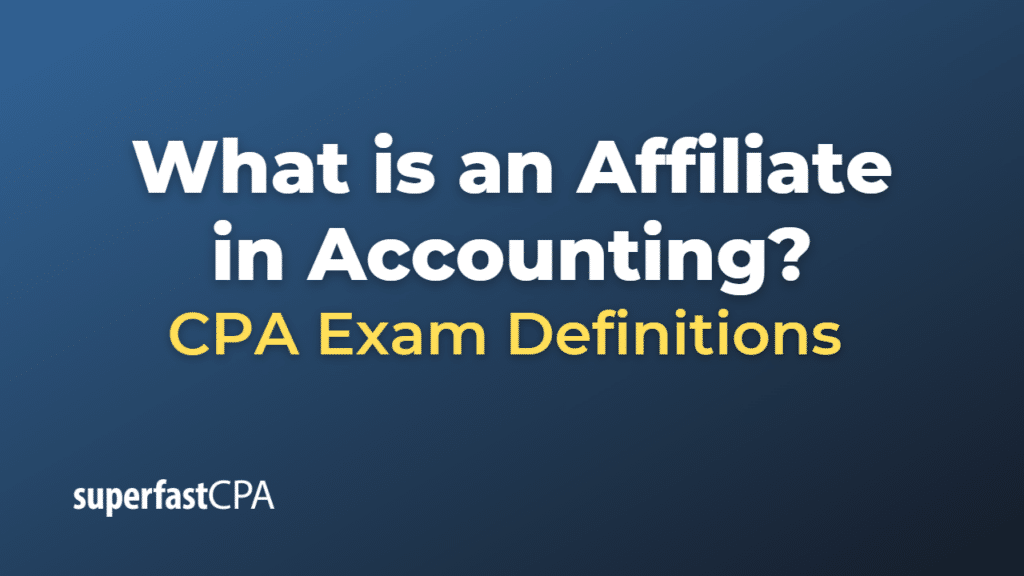Affiliate
In accounting, an affiliate refers to a company or entity that is related to, but not necessarily controlled by, another company through either ownership or influence. This relationship typically exists when one company owns a significant but non-controlling stake (usually between 20% and 50%) in the other company’s voting shares. The ownership stake allows the owning company to exercise some degree of influence over the affiliated company’s management, strategic decisions, or operations without having full control.
Affiliate relationships are important in accounting because they require specific disclosures and accounting treatments. The equity method is commonly used to account for investments in affiliates, where the investing company records its share of the affiliate’s earnings or losses as investment income or loss on its own financial statements. The investing company also adjusts the carrying value of its investment in the affiliate based on the proportionate share of the affiliate’s earnings, losses, and distributions.
Example of an Affiliate
Let’s consider two companies, Company A and Company B. Company A acquires a 30% ownership stake in Company B. This ownership stake is significant but does not give Company A control over Company B. In this case, Company B becomes an affiliate of Company A.
Now, let’s assume that Company B reports a net income of $100,000 for the year. Since Company A owns 30% of Company B, it is entitled to 30% of Company B’s net income, which is $30,000. In this situation, Company A would record $30,000 as investment income on its financial statements under the equity method.
Additionally, Company A would adjust the carrying value of its investment in Company B. If Company A initially invested $200,000 to acquire the 30% stake, the investment would be increased by the $30,000 share of net income, resulting in an adjusted carrying value of $230,000. If Company B were to declare and distribute dividends, Company A would reduce the carrying value of its investment accordingly by its share of the dividends received.
This example illustrates the relationship between Company A and its affiliate Company B and how Company A accounts for its investment in Company B using the equity method.













